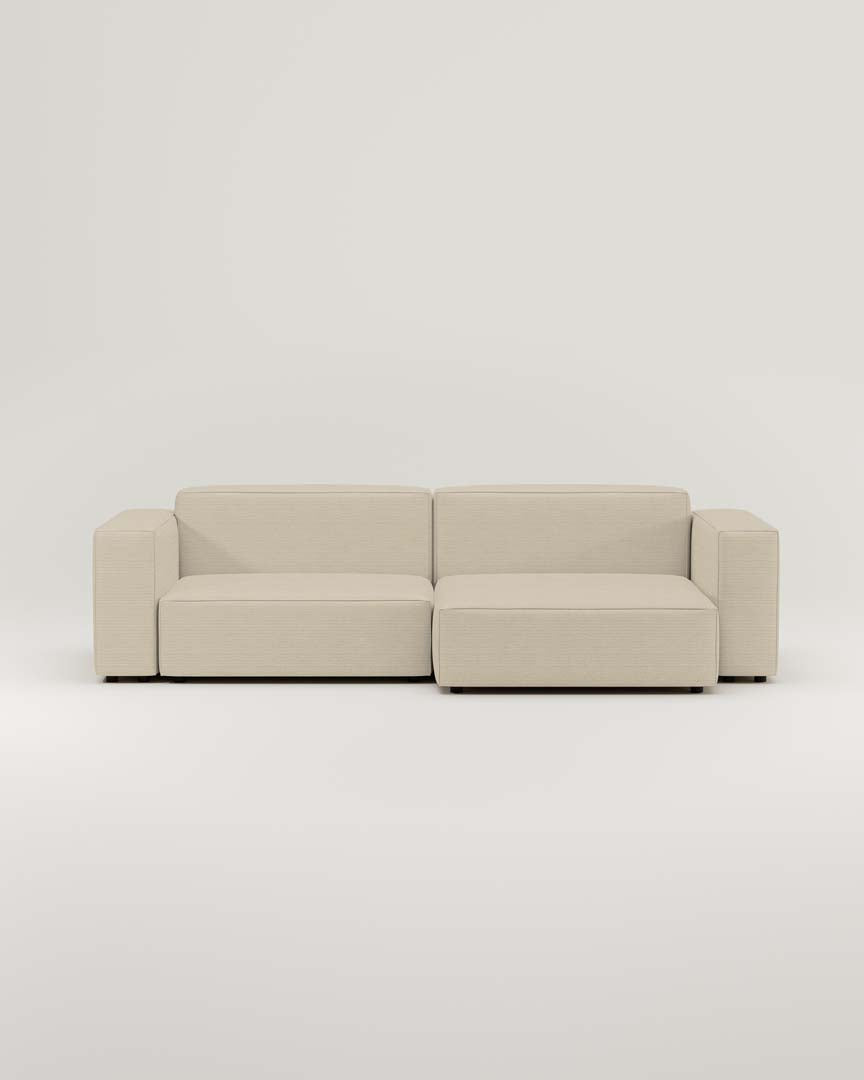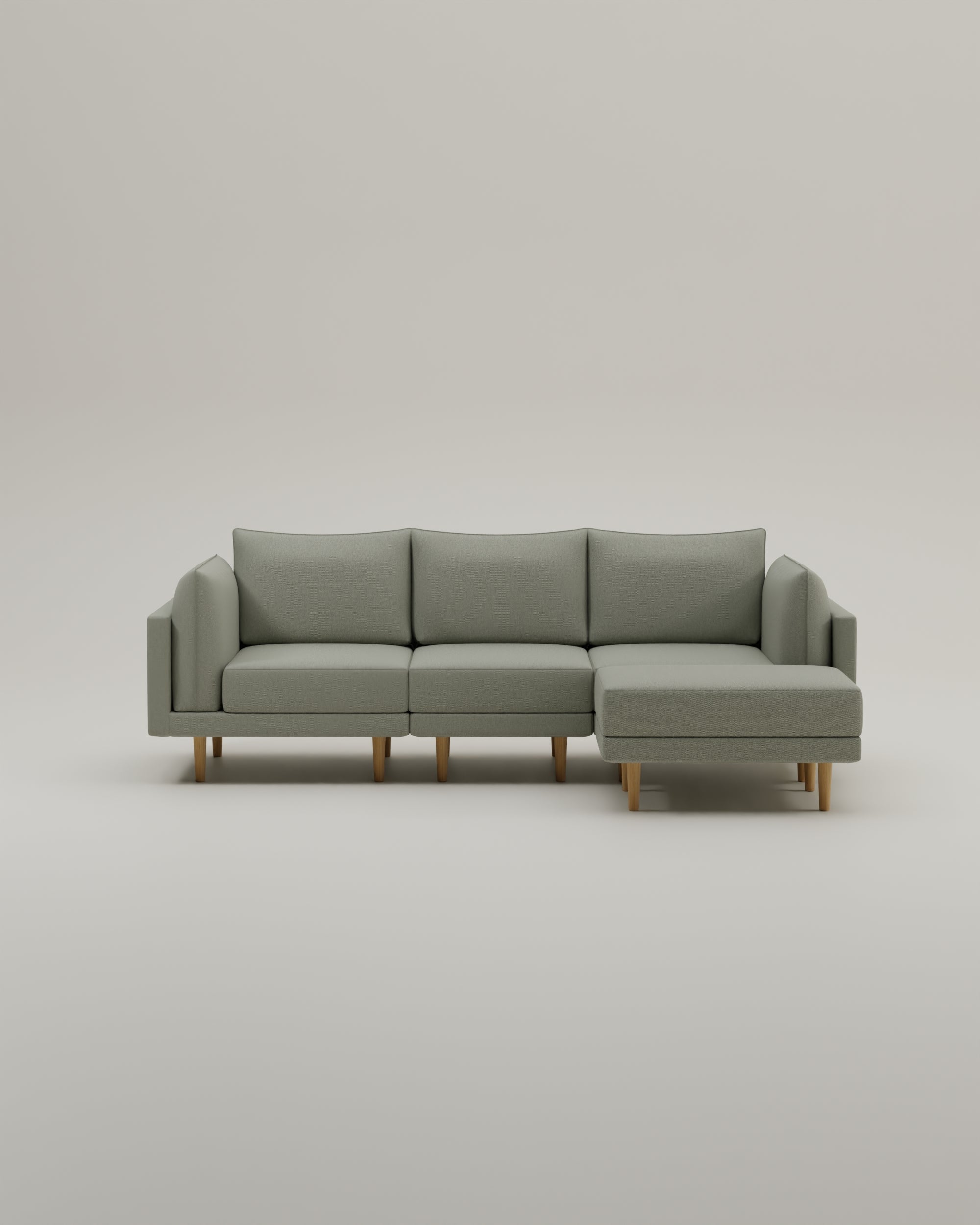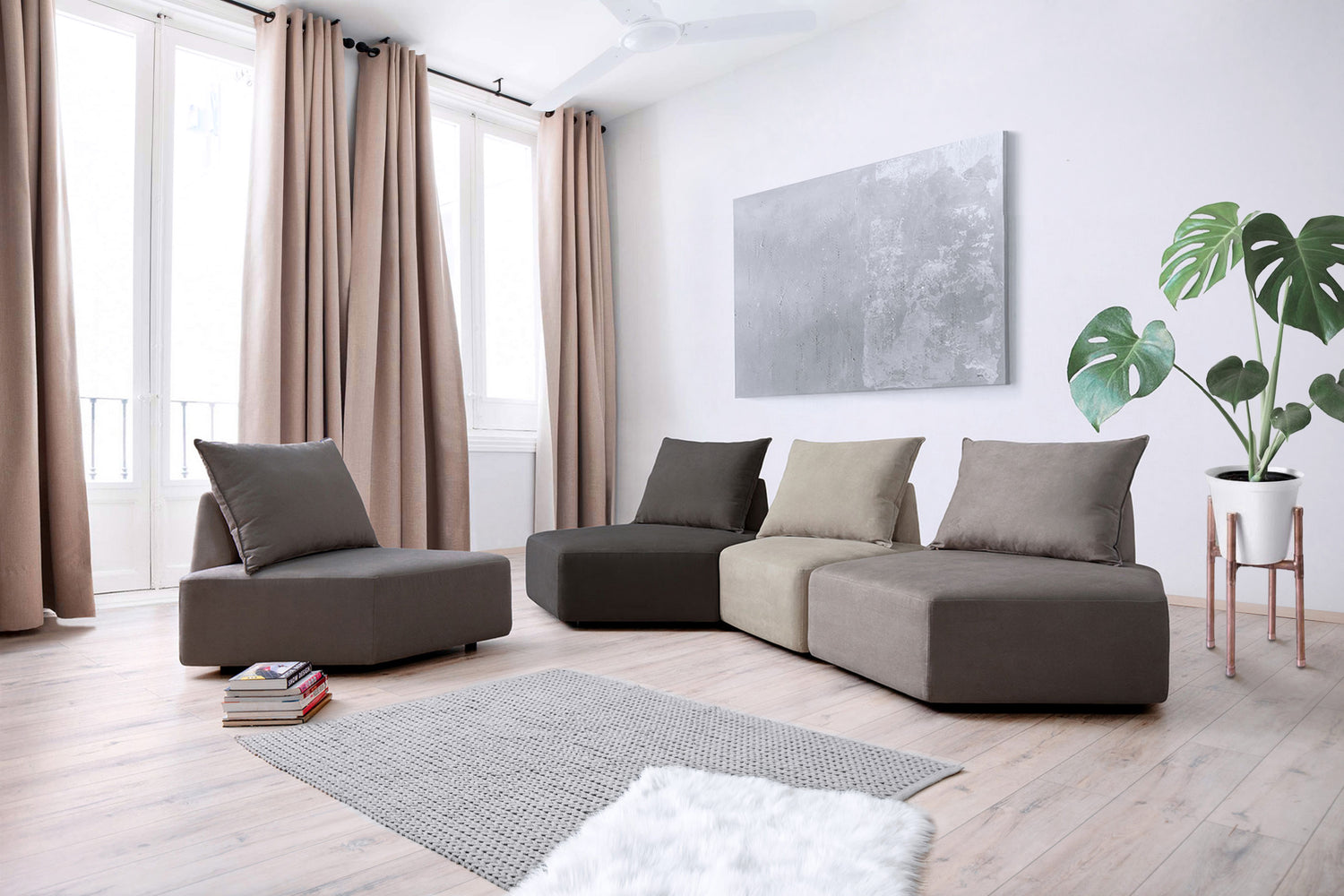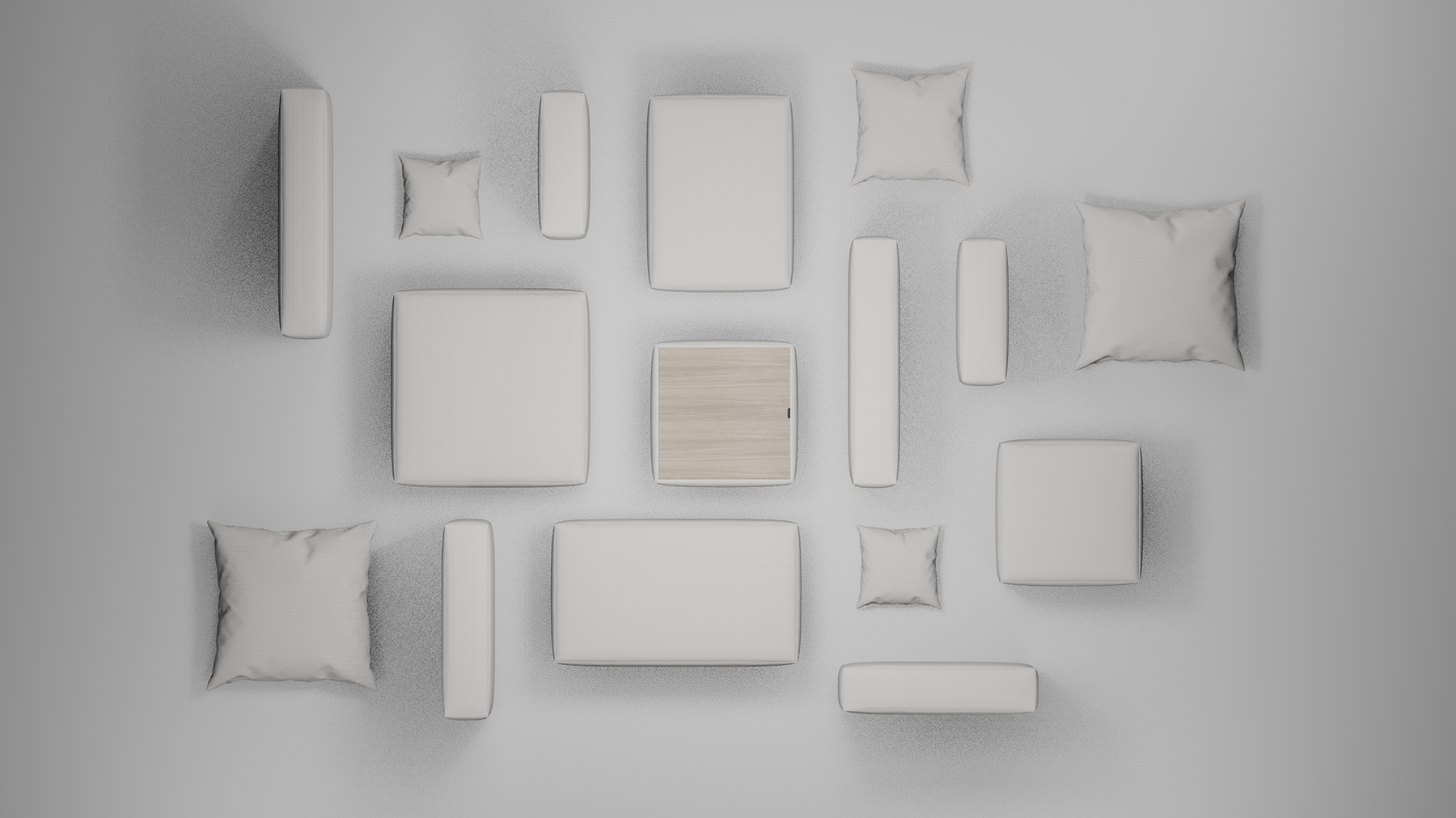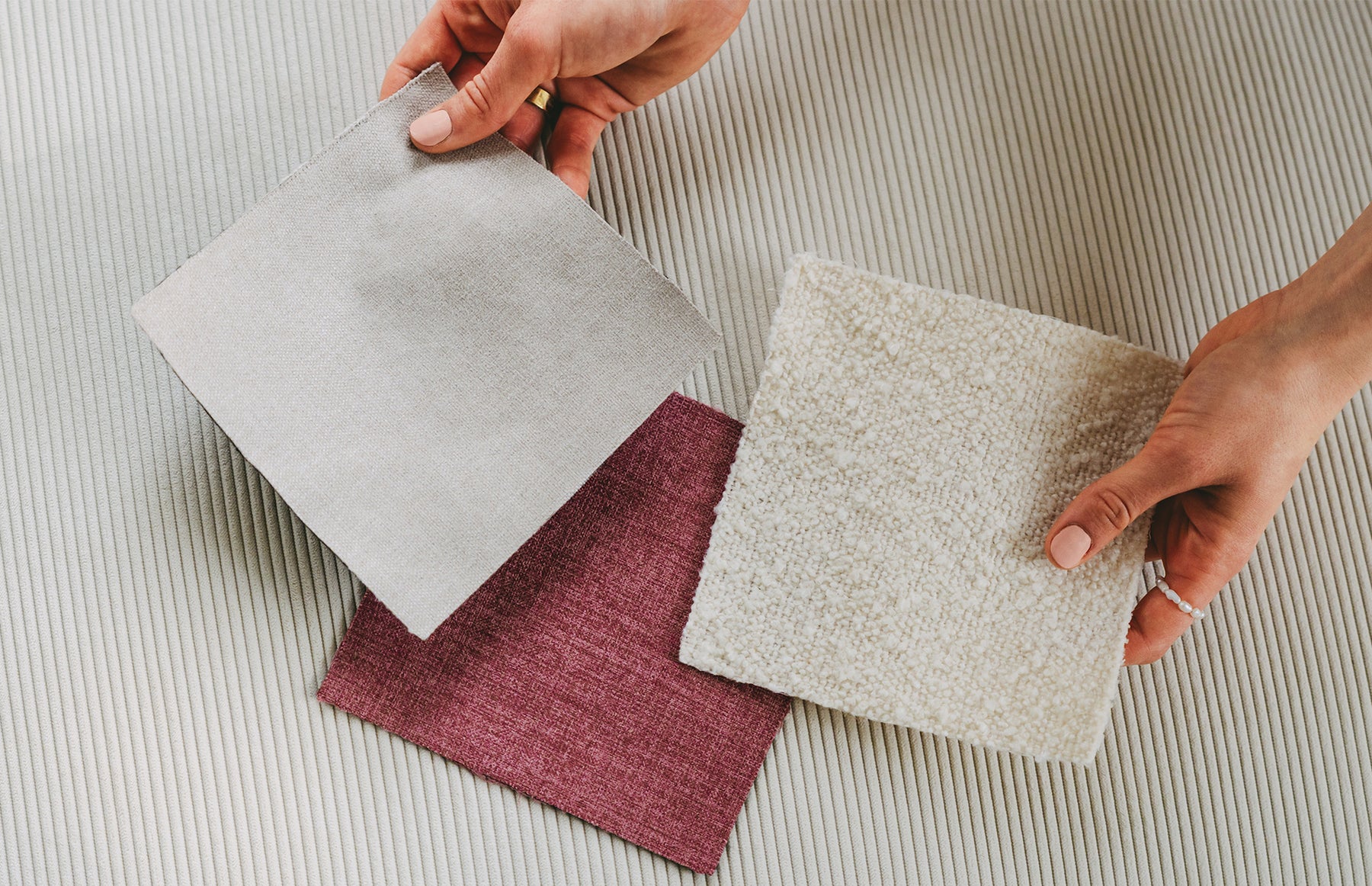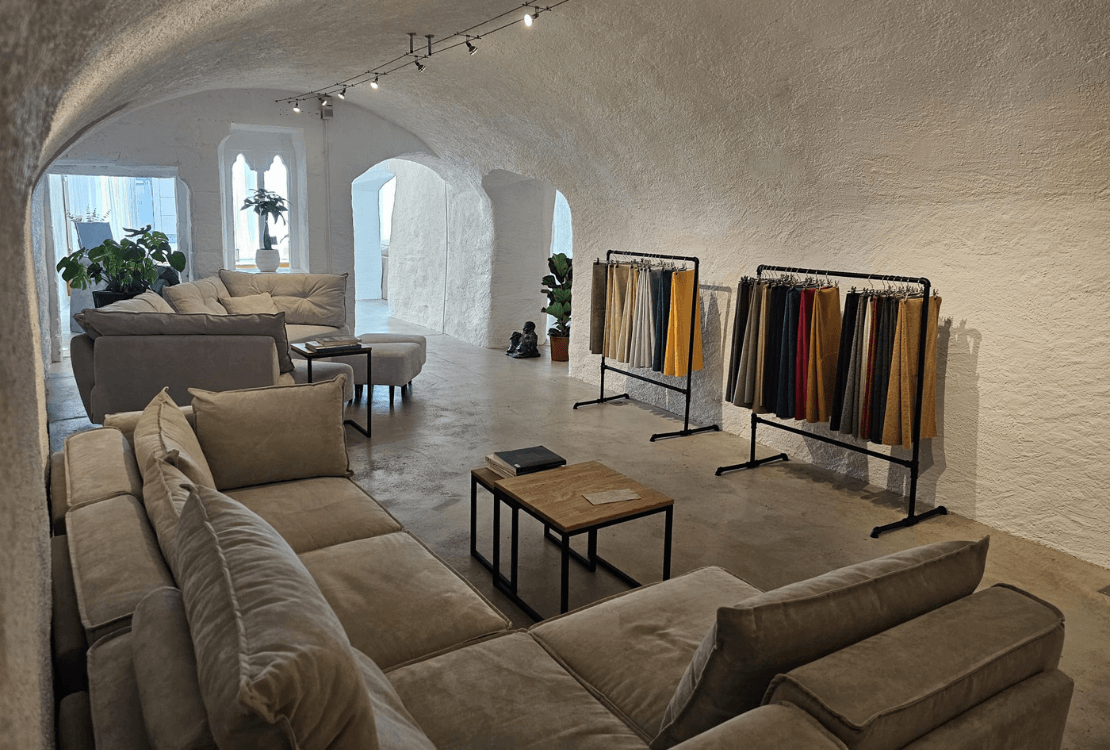When it comes to setting up your own home, there are countless styles and trends to choose from. One of these styles, which has become increasingly popular in recent years, is the minimalist furnishing style. In this article we take a closer look at this style and give direct tips and tricks on how you can implement it in your own home.
What is the minimalist furnishing style?
The minimalist furnishing style is characterized by simplicity, clarity and functionality. Instead of overloaded frills, this style relies on clear lines, neutral colors and a few but high -quality pieces of furniture. It is about opening the room and creating a calm, stress -free environment.
The minimalist furnishing style has its origin in the minimalism movement, which aims at reducing material possessions and focus on the essentials. Due to the conscious decision to have only the bare essentials, life should become easier and more stress -free.
There are several features that characterize the minimalist furnishing style. This includes:
- Simple and clear lines for furniture and decoration
- Use of neutral colors such as white, beige or gray
- Reduced number of furniture and decorative objects
- Functionality is in the foreground
Another feature of the minimalist furnishing style is the use of natural materials such as wood, concrete or glass. These materials give the room a simple elegance and ensure a harmonious atmosphere.
A minimalist living room can be equipped with a simple sofa, a coffee table made of wood and a subtle floor lamp, for example. The walls are painted in neutral colors and only a few selected decorative objects such as a vase with fresh flowers or an abstract painting adorn the room.
Here is an example with our Modular sofa Harvey:

In the minimalist bedroom you can often find a bed with a simple wooden frame, white bed linen and a few stylish bedside tables. The room is tidy and free of superfluous objects to create a calming and relaxed atmosphere.
The minimalist furnishing style can also be implemented in the bathroom. Clear lines and simple shapes dominate here. White tiles, a simple washbasin and a large, free -standing bathtub are typical elements of a minimalist bathroom.
The minimalist furnishing style is not only aesthetically appealing, but also offers practical advantages. By reducing superfluous possessions, the space is visually enlarged and cleaning and care is facilitated. In addition, a minimalist home can contribute to better concentration and relaxation.
Advantages of the minimalist furnishing style
The minimalist furnishing style offers numerous advantages that can help create a harmonious and relaxing home.
Simplicity and clarity
By limiting yourself to the essentials, the minimalist furnishing style creates an atmosphere of simplicity and clarity. Less disorder means less distraction and more space for relaxation.
The simplicity of the minimalist furnishing style enables residents to concentrate on the essentials and to avoid unnecessary distractions. The clear lines and the minimalist design of the furniture and decorations create a calming atmosphere that contributes to relaxation.
Another advantage of simplicity and clarity of the minimalist furnishing style is the easy care and cleaning of the room. Fewer objects mean less dust and dirt, which makes homework easier and leaves more time for other activities.
More space and less disorder
By reducing furniture and decorative objects, the room looks larger and more open. In addition, a tidy and decent space ensures less stress and better mental relief.
The minimalist facility creates space to breathe and enables residents to move more freely. The reduction of unnecessary objects creates a feeling of lightness and width that makes the room appear larger.
Another advantage of reducing disorder is improved concentration and productivity. A tidy space promotes a clear spirit and enables residents to better concentrate on their tasks. This can be an advantage both in the private sector and in the work environment.
In summary, it can be said that the minimalist furnishing style is not only aesthetically appealing, but also offers numerous advantages for the well -being and quality of life of the residents. By creating a simple, clear and tidy environment, a harmonious and relaxing home can be created.
Tips for implementing the minimalist furnishing style
If you want to implement the minimalist furnishing style in your own home, there are a few tips that can help you reach the desired look.
The minimalist furnishing style is characterized by its simple elegance and clear lines. It creates a calm and unobtrusive atmosphere that invites you to relax and feel good.
To successfully implement this style, is Choosing the right one Colorn of great importance. Neutral colors such as white, beige and gray form the basis of the minimalist furnishing style. They ensure a harmonious and timeless aesthetics. Accent colors can be used sparingly to refresh the room and give it a personal touch.
Another important aspect in the implementation of the minimalist furnishing style is the selection of furniture. Clear lines and simple design are crucial. Avoid overloaded pieces of furniture and instead choose functional and high quality pieces. Less is more - that is the motto of the minimalist style.
When decorating, you should also relieve reluctance. Few but targeted decorative objects can optically upgrade the room without overloading it. Plants can be a wonderful addition and bring liveliness into the room. However, make sure that you don't too many Plant Use to maintain the minimalist character of the room.
Another tip for the implementation of the minimalist furnishing style is the storage of objects out of sight. Use closed cupboards and shelves to avoid disorder and create a tidy atmosphere.
The minimalist furnishing style is not only aesthetically appealing, but also practical. Due to the clear structure and the reduced design, the space is visually enlarged and looks airy and open.
In summary, it can be said that the implementation of the minimalist furnishing style requires some fundamental principles, such as choosing the right colors, furniture and decoration. With a little planning and creativity, however, you can create a harmonious and stylish home that exudes calm and relaxation.
Avoid pitfalls of the minimalist furnishing style
Although the minimalist furnishing style offers many advantages, there are also some pitfalls that should be avoided.
Too empty and impersonal?
Sometimes the minimalist style can be perceived as too empty or impersonal. To counteract this, you should integrate personal objects such as family photos or memorabilia into the facility in order to give the room a personal touch.
How to keep warmth and cosiness
A minimalistic space can sometimes look cool and uncomfortable. To keep warmth and cosiness, you can use textiles such as Pillow, Carpet or curtains work. Natural materials such as wood can also create a warm atmosphere.
Another important aspect of minimalist furnishing style is the right lighting. With cleverly placed light sources you can create a pleasant and inviting atmosphere. For example, use dimmable lamps to adapt the brightness to your needs. In this guide you will learn everything about it: The correct lighting for the living room.
A minimalist living room can also be made more interesting by the correct selection of furniture and accessories. Decide for pieces with interesting shapes or unusual materials to give the room a certain tension. Remember that less often is more - choose carefully and avoid excessive decoration.
A minimalist bedroom should be a place of calm and relaxation. Therefore, choose soothing colors such as white, beige or gentle pastel tones. Avoid too many patterns and hold the furnishings simply and tidy. A large, comfortable bed and high -quality bed linen ensure a relaxing sleep.
In the minimalist bathroom, it is important to stay tidy and only use the most necessary utensils. Choose for simple but high -quality fittings and choose a color palette that exudes calm and cleanliness. By using natural materials such as marble or wood, you can give the room a luxurious note.
A minimalist work area should be free of distractions. Choose a simple desk and a comfortable chair to enable productive work. Keep the room properly and organize your documents in practical storage solutions.
Minimalist interior examples
In order to give you an idea of what the minimalist furnishing style can look like, we have put together some inspiring examples of minimalist living room, bedroom and kitchens.
Minimalist living room
Clear lines, neutral colors and economically inserted decorative elements dominate in a minimalist living room. A large, open space creates a relaxed atmosphere in which you can calm down.
Minimalism in the facility does not mean that it must be missing in cosiness. With a targeted selection of furniture and accessories, a minimalist living room can still appear inviting and comfortable. A comfortable sofa in neutral colors, combined with a minimalist coffee table and some decorative pillows, creates a harmonious balance between functionality and aesthetics.
Another feature of a minimalist living room is to reduce visual noise. This means that electronic devices such as televisions and stereo systems should be placed discreetly in order not to distract attention from the overall picture. Instead, a minimalist living room can offer an eye -catcher by using works of art or a striking plant.
Minimalist bedroom
The minimalist bedroom is about creating a calm and peaceful environment. Few pieces of furniture, a simple color scheme and a tidy atmosphere offer you the perfect retreat to relax and relax.
A minimalist bedroom is characterized by clear lines, neutral colors and a minimalist furniture selection. A bed with a simple design and high -quality materials is the focus of the room. To strengthen the minimalist concept, you can do without bedside tables and use wall shelves instead to place books or a small lamp.
The choice of colors plays a crucial role in a minimalist bedroom. Bright and neutral colors such as white, beige or gray create a calming atmosphere and make the room appear larger and more open. Accent colors can be used sparingly to give the room some personality without overloading the minimalist concept.
Minimalist kitchens
In minimalist cuisine, functionality comes first. Clear work surfaces, well -organized cupboards and high -quality devices ensure a stress -free cooking experience.
The design of minimalist cuisine focuses on clear lines, simple shapes and a reduced color palette. White or bright kitchen cupboards, combined with a wooden worktop or stainless steel, create timeless aesthetics. In order to complete the minimalist look, kitchen appliances and utensils should be carefully selected and only those who are really needed should be kept.
Another feature of minimalist cuisine is the organization. By using clever storage solutions such as drawer organizers, hanging lines for kitchen utensils and well -thought -out cabinet systems, the work area is tidy and efficiently designed. A minimalist kitchen style enables you to enjoy your culinary skills without being distracted.
Conclusion: implement minimalism in your own home
The minimalist furnishing style offers many advantages and can help create a harmonious and relaxing home. With the right colors, furniture and decorative objects as well as some personal accents, you can implement the minimalist style in your own home. Try it out and experience the advantages of a minimalist lifestyle.
Minimalism is not only a style of furnishing, but also a philosophy of life. It is about concentrating on the essentials and freeing yourself from superfluous ballast. By making your home minimalistic, you not only create an aesthetically appealing environment, but also a calm and tidy atmosphere that can have a positive effect on your well -being.
An important aspect of the minimalist furnishing style is the use of neutral colors such as white, gray and beige. These shades create a timeless and soothing atmosphere and make your home look bigger and airier. Combine these colors with natural materials such as wood and linen to create a warm and cozy charm.
When choosing furniture, you should go to simple and Functional designs regard. Avoid overloaded and playful pieces and instead rely on clear lines and a reduced design language. Less is definitely more here. Decide for high -quality pieces of furniture that are durable and give you joy for many years.
To give your minimalist home a personal touch, you can specifically set accents. Select one or two decorative objects that are particularly important to you and place them strategically in your living space. These can be works of art, plants or memorabilia, for example. Due to these targeted accents, your minimalist home becomes an individual and unique retreat.
In addition to the aesthetic component, the minimalist furnishing style also offers practical advantages. By reducing unnecessary possessions, you create more space and order in your home. You will find that you have to spend less time cleaning up and cleaning and have more time for things that are really important to you. Minimalism also promotes more conscious consumption behavior and can therefore contribute to a more sustainable lifestyle.
If you implement the minimalist furnishing style in your home, you will find that less can actually be more. With the conscious selection of colors, furniture and decorative objects, you create a harmonious and relaxing environment that gives you calm and serenity. Try it out and let the advantages of a minimalist lifestyle convince you.
